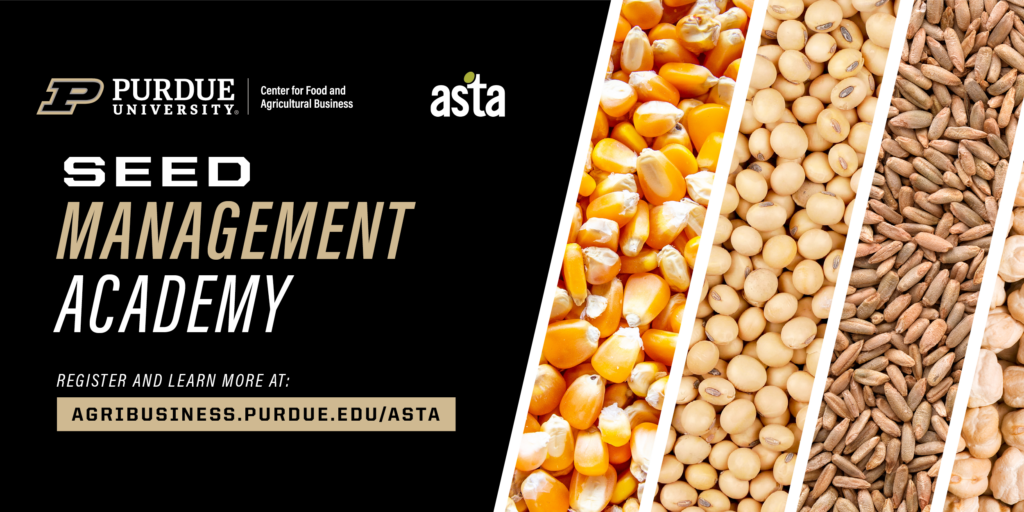 Article
Article
Ye Dai, John C. Goodale, Gukdo Byun, and Fangsheng Ding. “Strategic Flexibility in New High-Technology Ventures.” 55:2 Journal of Management Studies (2018): 265-294
Reviewer
Brady Brewer, Assistant Professor
Summary
Strategic flexibility is the process of updating key strategies in a timely manner. This includes both enacting new resource commitments to adapt to the changing market conditions and halting and reversing existing commitments. Given that business owners are often encouraged to create a business plan and stick with it, today’s fast paced market and changing markets necessitate that these plans be adjusted quickly, or even changed entirely. This article explores how a business’s constant search for new knowledge and technology affect the flexibility of strategy choices for that firm. The article explores two avenues of knowledge accumulation: rigid partnerships and loosely coupled relationships. The rigid partnerships represent contractual collaborative agreements or partnerships, whereas the loosely coupled relationships are often the business seeking out knowledge from various different sources and coordinating with each entity as needed in an informal arrangement.
The authors first explore the impact of the more contractual or rigid type of knowledge seeking. They find that having these types of rigid relationships in place does increase strategic flexibility. However, this effect is only up to a certain point and after that, it actually decreases flexibility as the rigid relationship prohibits the business from completely changing course. This may be due to contractual agreements that last for several years that prohibit the business from implementing a newer technology from a different source.
Secondly, they explore how loosely formed sources of knowledge impact flexibility and find that as a firm seeks more secondary sources of information, a business becomes more flexible in its strategy assuming that it’s management structure is set up in a way that allows the business to shift direction quickly and efficiently. These sources of knowledge may be seeking knowledge or technology from various sources that require no formal relationship.
What this means for food and agribusiness
Today’s agriculture has seen increases in technology usage and an ever-widening knowledge base as markets become more diverse and production methods become more technologically driven. This means that agribusinesses have to constantly be searching for the latest technology or production methods to keep production costs low or to make sure the product is targeting the right consumers. Sometimes, this search process comes in the forms of rigid relationships where an agribusiness pays an equipment, data, service, or product development company for their latest technology. And sometimes this comes in the form of an agribusiness searching on their own in a variety of places for information that will help their business that allows them to implement new ideas or technology.
One key takeaway from this article is to seek multiple sources of external information for the farm or agribusiness. Focusing on several sources, rather than just one source, allows for flexibility so that when new information or technologies become available, it is easy to switch direction without large costs being incurred. Agribusinesses will have to choose when to enter into contracts and commit to long term endeavors with business partners. While having a contractual relationship with a business partner may ensure access to current technology or information, this relationship hinders the adoption or switching to new technology from other sources. With the rapid development of technology in today’s marketplace available, there will always be something new that the agribusiness may see as an opportunity to improve the business, the goal is to not have anything preventing the uptake of the new technology.
Secondly, the decentralization of decision making is key for flexibility. Decentralization is the process of giving or delegating authority to lower level employees. It has been shown that lower level employees are usually the quickest to adapt to any changes that need to be made as they will know firsthand how a change to a certain business practice will affect their duties. Thus, it is important that managers pay attention to how a change in strategic direction will affect roles at all levels of the business and consult with each level to implement new strategies. In most instances, the lower level employee will have the knowledge to quickly implement the new technology with little disruption to production.
Now, this does not imply that all rigid business relationship for new technology should not be considered. The authors do find evidence that these relationship positively affect strategic flexibility up to a certain point. However, agribusiness managers need to be aware that longer term commitments may be a pitfall in the future if the agribusiness suddenly finds itself paying for a product or service it no longer wants or needs.




